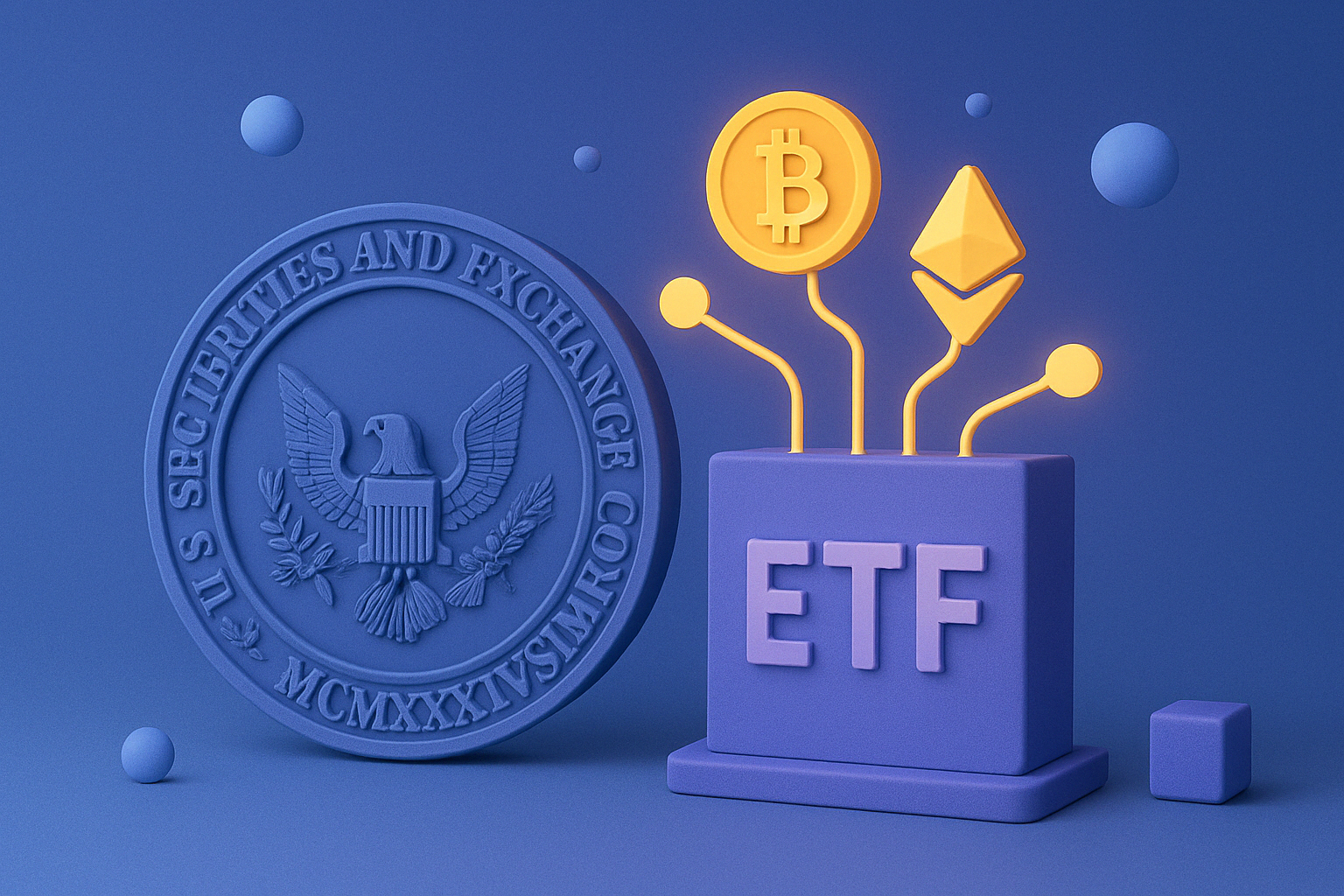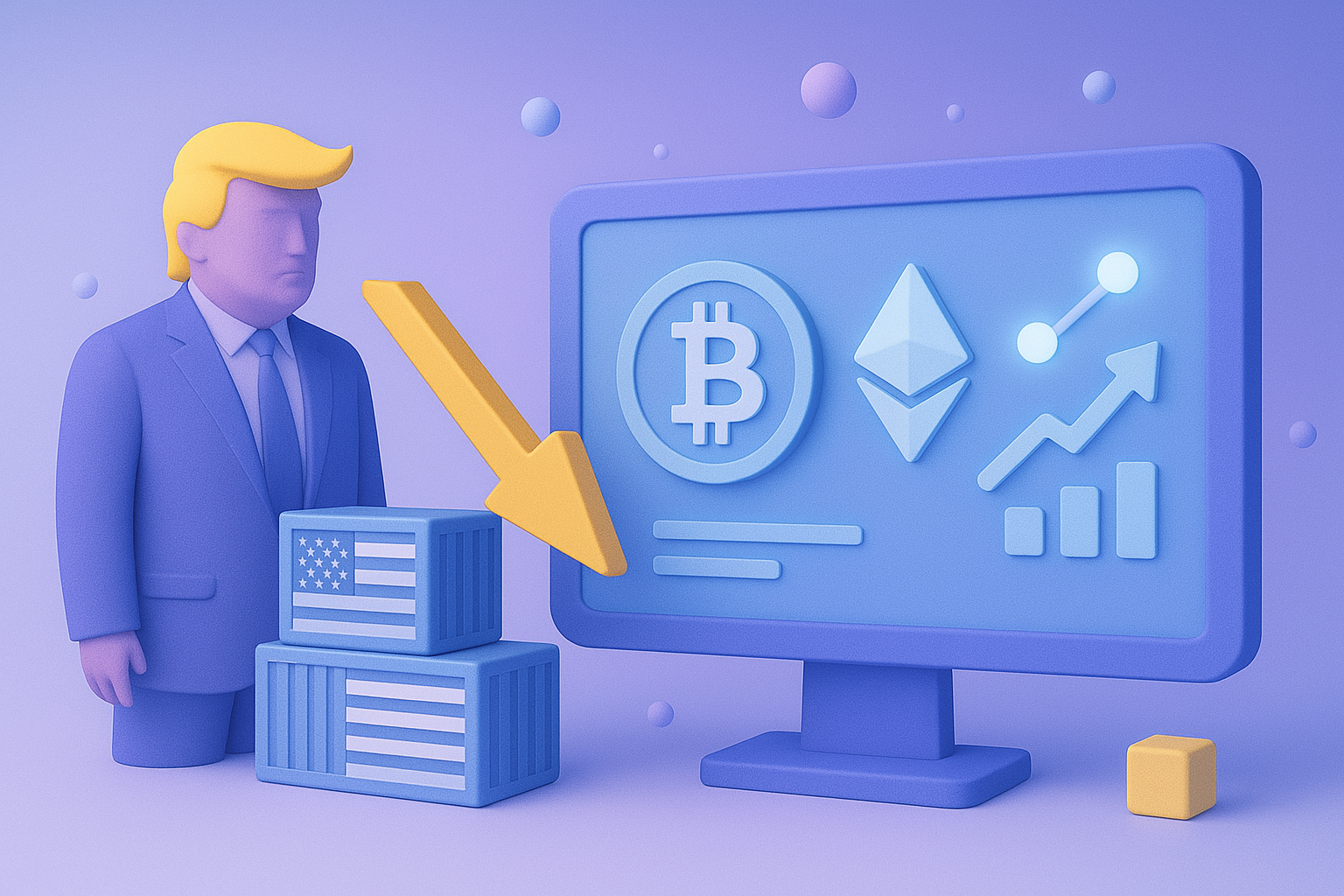6,805,325 ethers (ETH) are deposited in the Ethereum 2.0 smart contract, making its depositors validators of this network. This figure is equivalent to $21 billion, more than the reserves of at least 120 countries.
According to data provided by the World Bank, these nations include several Latin American countries. They are El Salvador, Cuba, Nicaragua, Bolivia, Ecuador, Costa Rica, Honduras, Paraguay, Panama, Venezuela, the Dominican Republic, Uruguay and Guatemala. The reserves of these countries range from 3 billion dollars (El Salvador) to 18 billion dollars (Guatemala).
Countries in other regions whose reserves are exceeded by the Ethereum 2.0 deposit, according to the same source, also include Somalia, Zimbabwe, San Marino, Fiji, Luxembourg, Madagascar, Haiti, Iceland and Jamaica. All these countries have reserves of less than $21 billion.
The 6.8 million ETH were deposited by almost 206,000 addresses. Each of them had to ‘block’ a total of 32 ethers in the smart contract. As this news portal explains, they will have to hold the deposit at least until the merger between the current blockchain and version 2.0 of the network takes place, at a date yet to be determined.
As can be seen from the CryptoNews price calculator, at the time of writing 32 ETH is equivalent to USD 100,900. Those who deposit this amount into the smart contract are not doing so with a purely altruistic motivation, to contribute to the Ethereum network, but are rewarded with interest that is paid in ETH and can be withdrawn once the aforementioned merger has taken place.
Currently, the annual return on investment is 6% and this figure is expected to decrease as more validators add their ETH. The yield at staking beginning by the end of 2020 was 21.6% per annum.
Who invests in Ethereum 2.0 staking?
Interestingly, among the 206,000 addresses are those corresponding to staking pools. These are platforms that offer the possibility of benefiting from the return on investment to those who do not have 32 ETH, or who are not interested in operating an Ethereum 2.0 validation node.
The Etherscan blockchain explorer shows that the staking pools that dominate the market are Kraken (12.3%), Lido (11.1%) and Binance (8.89%). In total, pools (both those belonging to exchanges and those exclusively dedicated to staking) represent 46.9% of activity. The remaining 53% is accounted for by independent validators, who may be individuals or institutions.
When will Ethereum 2.0 validators be able to withdraw their investment?
As we mentioned earlier, the date on which the blockchains will merge, i.e. when Ethereum will become fully Proof of Stake (PoS), has not yet been defined. However, there are those who dare to make a few estimates.
For instance, a survey conducted by developer Justin Drake, who works as a researcher at the Ethereum Foundation, shows that 86% of the network’s developers believe that a ‘minimum viable merger’ could take place by the end of 2021.
As for the Gemini Exchange, its research shows that December 2023 is a provisional date for Ethereum 2.0 to be fully operational. Only then will investors be able to withdraw, if they so wish, the ETH currently blocked as well as the profits made.














